85 Vitamin B5 Rich Foods, Fruits & Vegetables to Include in Your Diet

Maintaining a balanced diet rich in essential vitamins is crucial for optimal health. Vitamin B5 is a crucial diet component for healthy skin, hair, and eyes. Hence, you must include it in your diet by all means.
This article will talk about various vitamin B5 foods from diverse sources.
However, before looking at vitamin B5 rich food items, you must know the benefits of this nutrient.

Table of Contents

What is Vitamin B5?
Vitamin B5, also known as pantothenic acid, is a vitamin commonly found in most foods. It is a water-soluble vitamin that is necessary for overall good health.
The function of this vitamin is given below.
Vitamin B5 helps in maintaining a healthy digestive system
Moreover, certain studies show that B5 helps reduce acne and lower cholesterol
Further, it helps in converting food to glucose
Next, it is needed in the formation of stress-related hormones
Pantothenic acid also helps the body to absorb vitamins such as vitamin B2
It also plays a significant role in the synthesis of coenzyme A
Vitamin B5 is required in the formation of red blood cells
Moreover, it is also needed for the formation of sex-related hormones
Lastly, it is used in synthesising cholesterol
Next, we will look at vitamin B5 rich foods!
What are the Sources of Vitamin B5?
Vitamin B5, or pantothenic acid, is abundant in various foods. Major sources include meats like chicken, beef, and pork and fish such as salmon and trout. Whole grains like brown rice and oats also provide significant vitamin B5. Additionally, dairy products like milk, yoghurt, and cheese are rich sources.
Top 85 Food Items High in Vitamin B5
Vitamin B5 can be taken via vitamin B5 rich foods or through supplements. Since it is found in some quantity in most foods, there is no lack of options for vegetarians and non-vegetarians.
Eating those foods that contain vitamin B5 ensure that you are getting the vitamin naturally.
Here is the vitamin B5 foods list!
List of Vitamin B5 Rich Vegetables
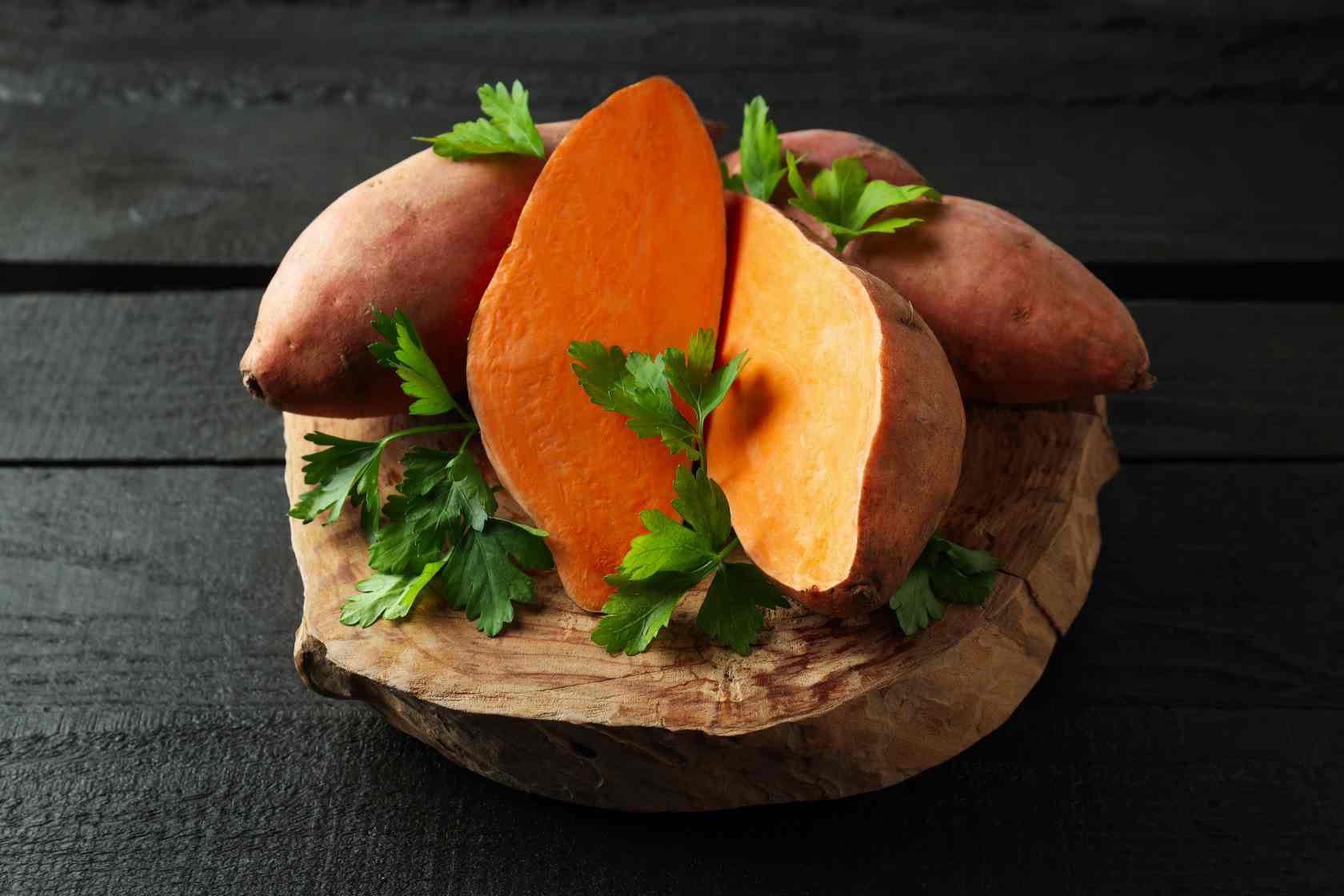
Vegetarians who rely on vitamin B5 vegetables solely can check the list below! The amount of vitamins is given in mg per 100 gm approx.
The vegetables which have vitamin B5 are:
SNo. |
Vegetables | Vitamin B5 Content Per 100 grams |
| 1 | Shiitake Mushrooms | 2.61 mg |
| 2 | Cremini Mushrooms | 1.08 mg |
| 3 | Sweet Potato | 1.77 mg |
| 4 | Lentils | 1.26 mg |
| 5 | Dried Peas | 1.17 mg |
| 6 | Broccoli | 0.96 mg |
| 7 | Cauliflower | 0.63 mg |
| 8 | Corn | 0.61 mg |
| 9 | Winter Squash | 0.48 mg |
| 10 | Asparagus | 0.40 mg |
| 11 | Brussels Sprouts | 0.39 mg |
| 12 | Carrots | 0.33 mg |
| 13 | Bell Peppers | 0.29 mg |
| 14 | Cucumber | 0.27 mg |
| 15 | Spinach | 0.26 mg |
| 16 | Celery | 0.25 mg |
| 17 | Cabbage | 0.23 mg |
| 18 | Tomatoes | 0.16 mg |
| 19 | Romaine Lettuce | 0.13 mg |
List of Fruits Rich in Vitamin B5
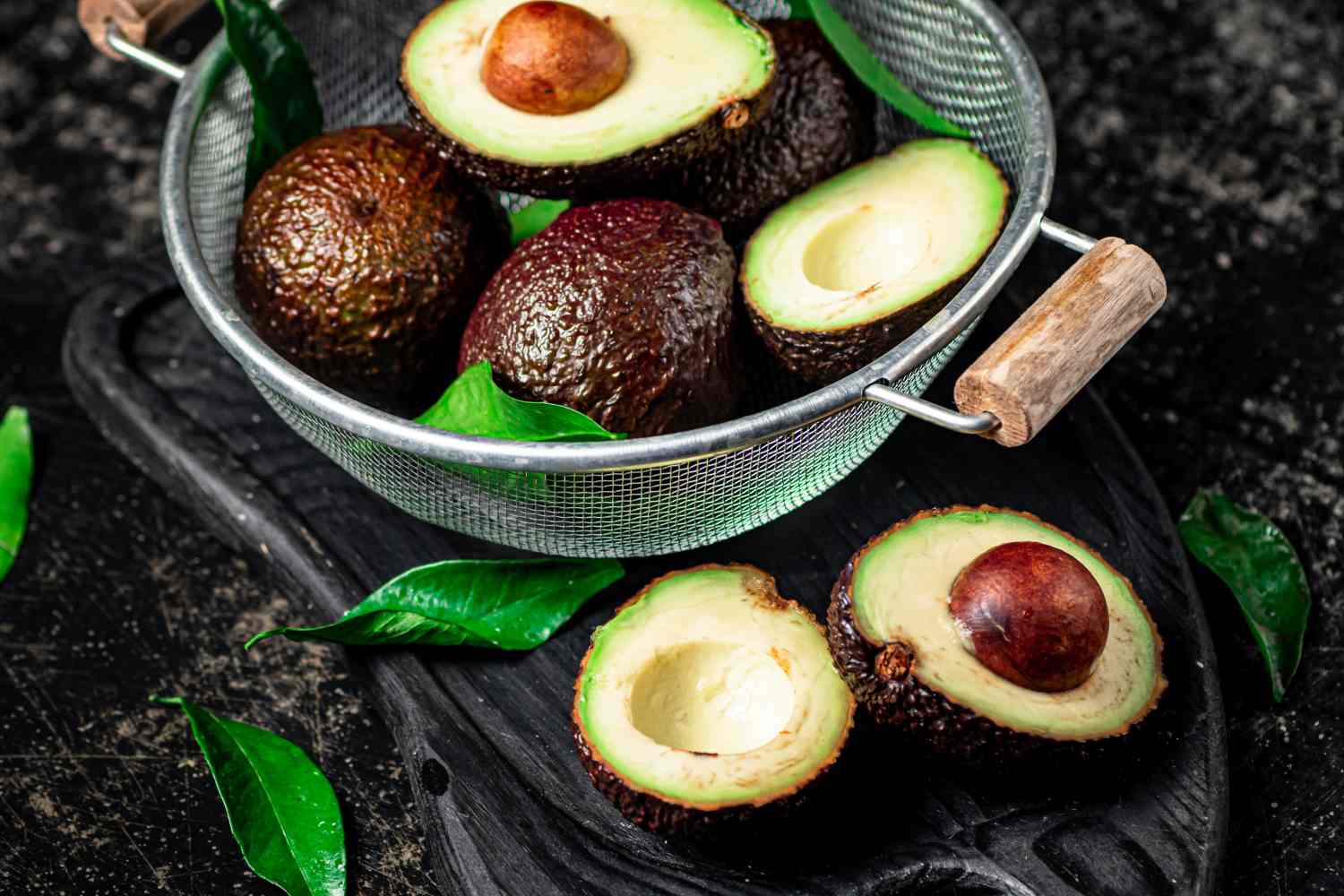
Here are some key takeaways regarding those fruits which have vitamin B5.
- The fruit which has the most vitamin B5 is avocado. It has around 1.463 mg in 100 grams.
- The fruits that contain vitamin B5 are dates, plantains, guavas, bananas, oranges, etc.
- Vitamin B5 fruits in India are plantains, bananas, guavas, oranges, dates, kiwi, pomegranate.
The top vitamin B5 fruits are given below. The amount of vitamin B% per 100 gm is noted alongside. (source)
SNo. |
Fruits | Description |
| 20 | Avocados | Californian variety 1.463mg, all commercial varieties 1.389mg, Florida variety 0.931 mg |
| 21 | Dates | 0.805 mg |
| 22 | Plantains | Yellow, fried, Latino restaurant 0.6 mg and green, fried 0.388 mg |
| 23 | Dates | Deglet noor variety 0.589 mg |
| 24 | Kiwifruit | Gold variety, raw, 0.5 mg |
| 25 | Orange Peel | Raw 0.49 mg |
| 26 | Breadfruit | Raw 0.457 mg |
| 27 | Guavas | Common raw 0.451 mg |
| 28 | Prune | Puree 0.43 mg |
| 29 | Currants | European black, raw 0.398 mg |
| 30 | Sapote | Raw 0.397 mg |
| 31 | Carambola, also known as starfruit | Raw 0.391 mg |
| 32 | Pomegranates | Raw 0.377 mg |
| 33 | Cherimoya | Raw 0.345 mg |
| 34 | Bananas | Raw 0.334 mg |
| 35 | Oranges | Raw with peel 0.33 mg |
| 36 | Raspberries | Raw 0.329 mg |
List of Cereals and Dairy Products Containing Vitamin B5
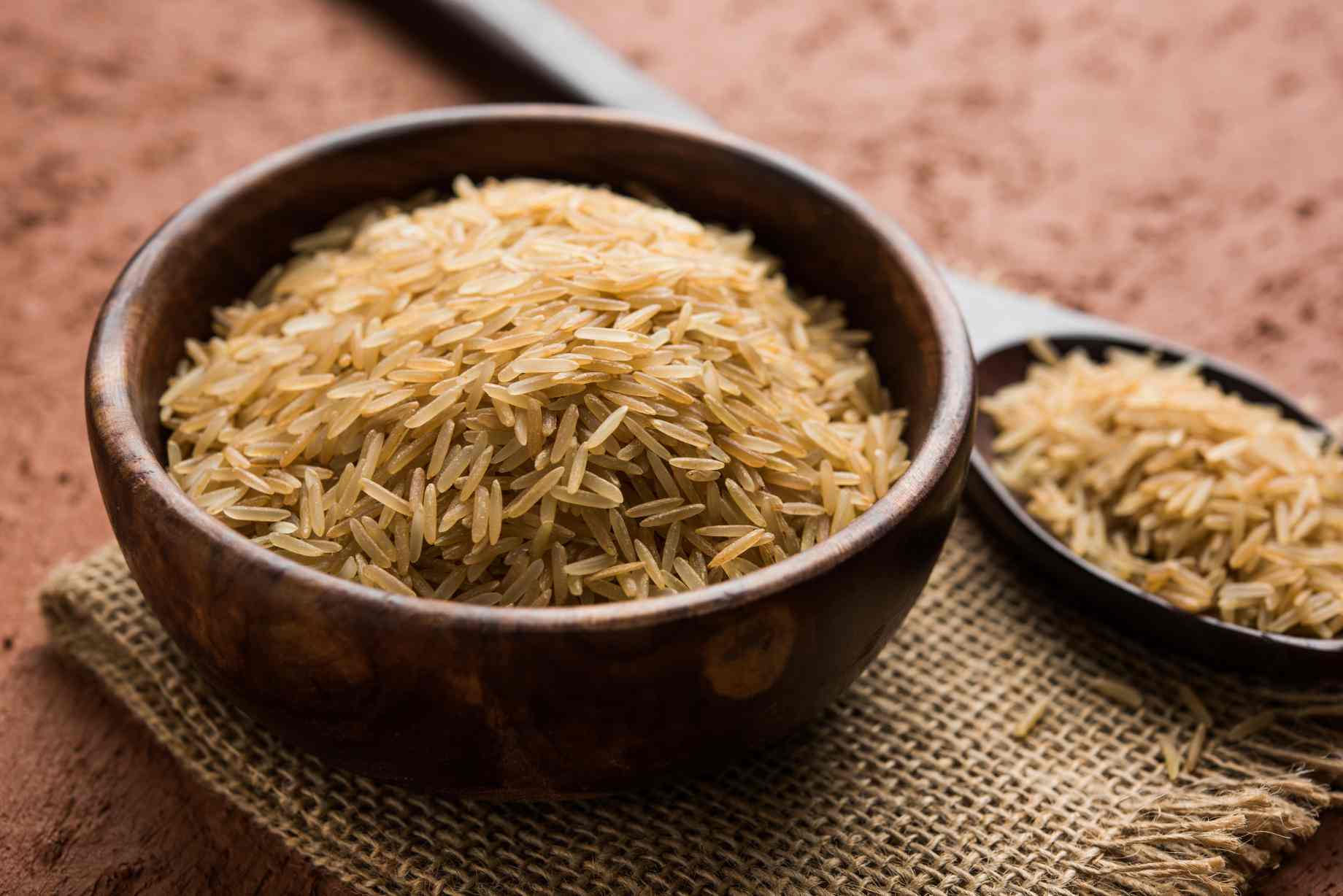
Vitamin B5, also known as pantothenic acid, is essential for energy metabolism and the synthesis of coenzyme A. Common sources include fortified cereals and dairy products. Below is a list of cereals and dairy products that are rich in vitamin B5 to support a balanced diet.
SNo. |
Cereals and Dairy Products | Vitamin B5 Content Per (100 grams) |
| 37 | Brown Rice | 1.3 mg |
| 38 | Oatmeal | 1.1 mg |
| 39 | Cornflakes | 0.6 mg |
| 40 | Bran Flakes | 2.5 mg |
| 41 | Cheerios | 1.5 mg |
| 42 | Shredded Wheat | 1.3 mg |
| 43 | Cheese (Cheddar) | 0.4 mg |
| 44 | Wheat Bran Flakes | 1.8 mg |
List of Seeds and Nuts Rich in Vitamin B5
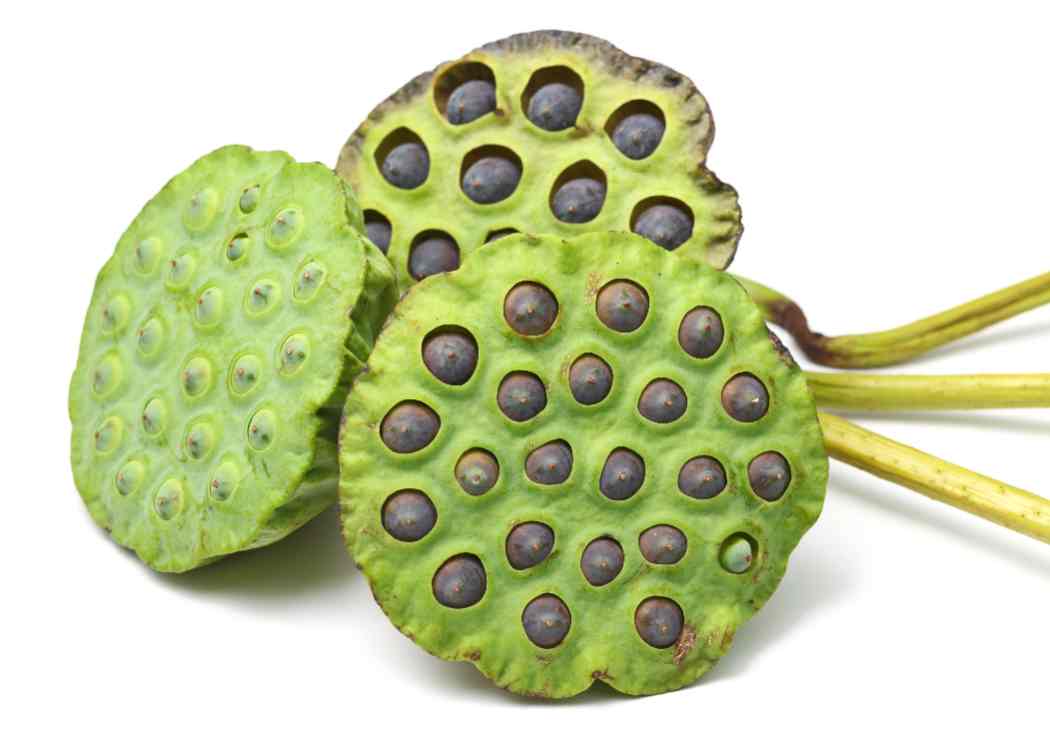
You can use the following nuts and seeds as vitamin B5 sources for those with nut allergies.
The vitamin B5 foods under the category of nuts and seeds for every 100 gms are:
SNo. |
Seeds and Nuts | Vitamin B5 Content (Per 100 grams) |
| 45 | Lotus Seeds | 3.41 mg |
| 46 | Peanuts | 2.56 mg |
| 47 | Sunflower Seeds | 1.66 mg |
| 48 | Perilla Seeds | 1.65 mg |
| 49 | Pecan Nuts | 1.49 mg |
| 50 | Ginkgo Nuts | 1.38 mg |
| 51 | Cashew Nuts | 1.32 mg |
| 52 | Hazelnuts | 1.07 mg |
| 53 | Pistachio Nuts | 1.06 mg |
| 54 | Japanese Chestnuts | 1.06 mg |
| 55 | Poppy Seeds | 0.81 mg |
| 56 | Walnut | 0.67 mg |
| 57 | Almond | 0.66 mg |
| 58 | Pumpkin Seeds | 0.65 mg |
| 59 | Pine Nuts | 0.59 mg |
| 60 | Sweet Acorn | 0.59 mg |
| 61 | Sesame Seeds | 0.56 mg |
| 62 | Hemp Seeds | 0.56 mg |
| 63 | Macadamia Nuts | 0.50 mg |
| 64 | Brazil Nuts | 0.23 mg |
| 65 | Sweet Acorn | 0.59 mg |
Choose to eat any of these vitamin B5 foods today!
List of Animal and Seafood High in Vitamin B5
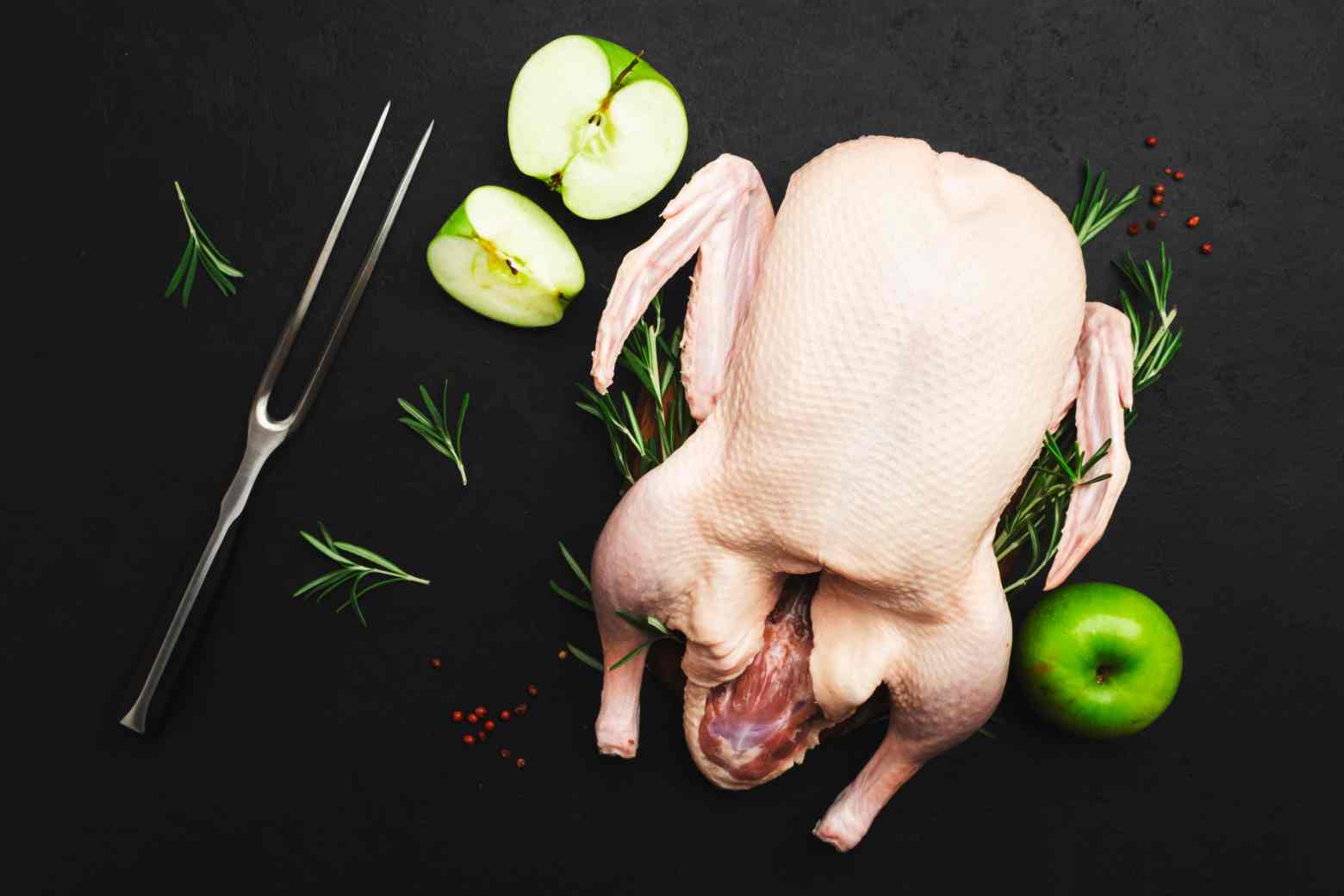
Meats are among the foods in which vitamin B5 is found. The different types of meat include fish, poultry and red meat. In approximately 100 gms, the amount of pantothenic acid is given in brackets.
SNo. |
Animal and Seafood | Vitamin B5 Content (Per 100 grams) |
| 66 | Chicken | 1.09 mg |
| 67 | Turkey | 1.02 mg |
| 68 | Salmon | 1.92 mg |
| 69 | Beef | 0.77 mg |
| 70 | Beef Liver | 8.3 mg |
| 71 | Eggs | 0.70 mg |
| 72 | Shrimp | 0.59 mg |
| 73 | Cod | 0.41 mg |
| 74 | Pork Chops | 1.15 mg |
| 75 | Tuna | 1.37 mg |
| 76 | Rainbow Trout | 0.93 mg |
| 77 | Beef Kidney | 1.56 mg |
| 78 | Abalone | 2.87 mg |
| 79 | Lobster | 1.67 mg |
| 80 | Heart | 2.65 mg |
| 81 | Fish Roe | 1.15 mg |
| 82 | Bacon | 1.1 mg |
Non-vegetarians can use these meats as vitamin B5 food sources.
Top Oil and Other Food Items Rich in Vitamin B5
Certain oils also contain significant amounts of vitamin B5, such as vegetable oils and seed oils. In about 100 grams, the pantothenic acid content is as follows:
SNo. |
Oil and Other Food | Vitamin B5 Content (Per 100 grams) |
| 83 | Mayonnaise | 0.17 mg |
| 84 | Butter | 0.01 mg |
| 85 | Bacon Oil | 0.01 mg |
How Much Vitamin B5 Should You Intake?
The adequate daily intake of B5, including vitamin B5 foods and supplements, is shown below.
|
Age |
Male |
Female |
|
Birth to 6 months |
1.7mg |
1.7mg |
|
7–12 months |
1.8 mg |
1.8 mg |
|
1–3 years |
2 mg |
2 mg |
|
4–8 years |
3 mg |
3 mg |
|
9–13 years |
4 mg |
4 mg |
|
14–18 years |
5 mg |
5 mg |
|
19+ years |
5 mg |
5 mg |
Calculate Your Health Metrics Instantly
Health Benefits of Including Vitamin B5 Rich Foods in Your Diet
Including vitamin B5 (Pantothenic Acid) rich foods in your diet can significantly enhance your overall health. This essential vitamin is crucial in various bodily functions, from energy production to maintaining healthy skin and hair.
1. Energy Metabolism
Vitamin B5 is vital for converting carbohydrates, fats, and proteins into energy, helping to maintain optimal energy levels throughout the day.
2. Skin and Hair Health
Pantothenic acid helps synthesise coenzyme A, which is essential for maintaining healthy skin and hair. It can potentially reduce acne and promote hair growth.
3. Stress Reduction
Vitamin B5 supports adrenal gland function, aiding in the production of stress-related hormones and helping to manage stress and anxiety.
4. Wound Healing
This vitamin plays a key role in wound healing by promoting the production of red blood cells and enhancing the body's natural healing processes.
5. Immune System Support
Vitamin B5 helps strengthen the immune system, making it more efficient at fighting infections and diseases.
Different Ways to Include Vitamin B5 Rich Foods in Your Diet
Vitamin B5, or pantothenic acid, is essential for energy production and hormone synthesis. Incorporating vitamin B5 rich foods into your diet can boost your health and well-being. Here are some practical ways to include these nutrient-dense foods in your daily meals:
1. Whole Grain Cereals
Start your day with a bowl of whole-grain cereals like bran flakes, oatmeal, or shredded wheat. These cereals can be combined with milk or yoghurt to increase vitamin B5 intake.
2. Smoothies
Blend yoghurt with fruits like strawberries, bananas, and a handful of oats to create a nutrient-rich smoothie. For added nutrition, add a spoonful of nut butter or seeds like chia or flaxseed.
3. Cheese and Crackers
Enjoy a snack of whole-grain crackers with cheddar or parmesan cheese for a quick boost of vitamin B5. Add sliced apples, pears, or grapes for a sweet and savoury combination.
4. Yoghurt Parfait
Layer low-fat yoghurt with granola and fresh berries for a delicious and healthy snack. Sprinkle some nuts, seeds, or a drizzle of honey for extra flavour and texture.
5. Sandwiches
Make sandwiches using whole wheat bread. Add lean proteins like chicken and cheese and plenty of vegetables like lettuce, cucumbers, and avocados. For a twist, try adding a spread like hummus or avocado mash.
6. Salads
Prepare a fresh salad with spinach, avocado, tomatoes, and a sprinkle of parmesan cheese. Add a hard-boiled egg or a serving of cottage cheese on the side.
7. Brown Rice Dishes
Brown rice can be used as a base for stir-fries, casseroles, or grain bowls. It can also be combined with vegetables and lean proteins for a balanced meal. Add colourful vegetables like bell peppers, broccoli, carrots, and peas.
8. Pasta with Cheese
Make a whole grain pasta dish and top it with a cheesy parmesan or cheddar cheese sauce. Incorporate vegetables like spinach, tomatoes, or mushrooms, and add lean proteins like grilled chicken or shrimp.
9. Yoghurt Based Desserts
Plain low-fat yoghurt can be used to create desserts. Mix it with honey, nuts, and fruit for a healthy treat. For a frozen dessert, blend yoghurt with fruits and freeze it to make homemade frozen yoghurt.
10. Use Dairy in Cooking
Include milk, cheese, and butter in your cooking. Use these ingredients to make creamy sauces, soups, and casseroles. For instance, you can prepare a creamy broccoli and cheese soup or a cheesy vegetable bake.
What are the Symptoms of Vitamin B5 Deficiency?
Recognising these symptoms early and addressing them through supplementation can help prevent the adverse effects of vitamin B5 deficiency. If you suspect you have a deficiency, it's important to consult with a healthcare professional for proper diagnosis and treatment.
- Fatigue and Weakness: One of the earliest and most common symptoms of vitamin B5 deficiency is persistent fatigue and overall weakness.
- Digestive Issues: Digestive problems are another sign of vitamin B5 deficiency. Individuals may experience symptoms such as abdominal cramps, bloating, and constipation.
- Neurological Symptoms: Deficiency in vitamin B5 can lead to neurological symptoms like tingling sensations (paresthesia) and muscle cramps. These symptoms are due to the vitamin's role in maintaining proper nerve function and the synthesis of neurotransmitters.
- Mental Health Issues: Mental health can also be affected by a lack of vitamin B5. Symptoms such as irritability, depression, anxiety, and mood swings might occur. This is because vitamin B5 is involved in producing hormones and neurotransmitters.
- Impaired Immune Function: Vitamin B5 is essential for the optimal functioning of the immune system. Deficiency can weaken the immune response, making the body more susceptible to infections.
- Skin Problems: Dermatitis, acne, and dry skin can indicate a vitamin B5 deficiency. This vitamin is vital for maintaining healthy skin by supporting the repair and regeneration of skin cells and producing essential fats.
- Hypoglycemia: Hypoglycemia, or low blood sugar levels, can also result from a deficiency in vitamin B5. This happens because the vitamin is crucial in synthesising coenzyme A, which is necessary for the metabolism of carbohydrates and the regulation of blood.
- Increased Risk of Infection: Due to its role in synthesising antibodies and white blood cells, a vitamin B5 deficiency can increase the risk of infections. The body's defence mechanisms become compromised, leading to higher illness susceptibility.
What are the Health Risks of Not Getting Enough Vitamin B5?
Addressing vitamin B5 deficiency through dietary changes, supplementation, and lifestyle modifications is crucial for overall health.
- Energy Metabolism Disruption: Without sufficient vitamin B5, the body's ability to metabolise carbohydrates, fats, and proteins into usable energy diminishes. This can lead to persistent fatigue, weakness, and decreased stamina, impacting daily activities and overall productivity.
- Impaired Nutrient Absorption: Vitamin B5 deficiency can disrupt the digestive system's absorption of essential nutrients. Even if a person consumes an otherwise healthy diet, this can result in malnutrition, leading to other vitamin and mineral deficiencies.
- Neurological Dysfunction: Vitamin B5 is critical for the synthesis of neurotransmitters and the proper functioning of the nervous system.
- Mood and Mental Health Issues: Vitamin B5 plays a role in producing hormones and neurotransmitters that regulate mood and stress responses. Deficiency may contribute to mood disorders such as depression, anxiety, irritability, and difficulty coping with stress.
- Compromised Immune Function: The body's ability to fight infections and illnesses diminishes without an adequate supply, increasing the risk of frequent infections and prolonged recovery times.
- Skin Problems: Vitamin B5 is crucial for maintaining healthy skin by supporting skin cell regeneration and producing essential fats.
- Increased Risk of Chronic Diseases: Prolonged vitamin B5 deficiency can contribute to the development of chronic diseases such as cardiovascular disease, diabetes, and certain types of cancer.
- Complications in Pregnancy: Pregnant women who are deficient in vitamin B5 may experience complications such as preterm birth, low birth weight in infants, and developmental abnormalities.
What are the Side Effects of Excessive Vitamin B5 Intake?
While vitamin B5 (pantothenic acid) is water-soluble and generally considered safe in high doses, excessive intake can lead to some side effects. Here are the potential side effects of excessive vitamin B5 intake:
- Digestive Issues: In some cases, high doses of vitamin B5 can cause digestive discomforts such as diarrhoea or nausea.
- Increased Risk of Kidney Stones: Some evidence suggests that excessive vitamin B5 intake may increase the risk of developing kidney stones.
- Interference with Other B Vitamins: Very high doses of vitamin B5 can potentially interfere with the absorption or function of other B vitamins, such as vitamin B2.
- Hypoglycemia: This effect is more likely in individuals with existing hypoglycemia or those taking medications that lower blood sugar levels.
- Allergic Reactions: Some individuals may experience allergic reactions to high doses of vitamin B5, resulting in symptoms such as itching, rash, or swelling.
- Interactions with Medications: High doses of vitamin B5 supplements may interact with certain medications, including antibiotics, anticonvulsants, and blood thinners.
- Acne Flare-Ups: There have been anecdotal reports of excessive vitamin B5 supplementation leading to acne flare-ups in some individuals.
Should You Take a Vitamin B5 Supplement?
In case you wish to supplement vitamin B5 foods with supplements. B complex tablets come to mind, as they encompass all the vitamin B types. But who should take vitamin B complex?
Pregnant or breastfeeding women require the B complex tablet as they need folic acid for the foetus. In case the pregnant woman is breastfeeding and vegetarian, they also need to take B complex tablets.
Older adults need to take supplements as they don’t produce enough stomach acid to absorb vitamin Bs.
Vegetarians lack the B vitamins found naturally in meats. They should take daily B complex tablets to supplement their diet.
Those taking proton pump inhibitors need to take B complex tablets as the medication can lower stomach acid, inhibiting B12 absorption.
Birth control pills and diabetes pills like metformin are also responsible for lower vitamin Bs.
People with medical conditions like:
Alcoholism
Anorexia
Cancer
Celiac disease
Crohn’s disease
Hypothyroidism, need to take B complex supplements.
Hence, vitamin B5 foods are also required to imbibe the vitamin naturally!
In conclusion, vitamin B5 foods provide pantothenic acid naturally. In fact, the best source of vitamin B5 is fruits and vegetables. Incorporating a variety of vitamin B5 rich foods into your diet is a simple yet effective way to support your overall health and well-being. Consuming these delicious and nutritious options ensures your body has the necessary resources to function optimally.
And if you want to know how to increase vitamin B5, you can also take supplements!
Hence, enjoy the best health with the best vitamin B5 foods!
Protect What Matters - Explore Other Insurance Options














